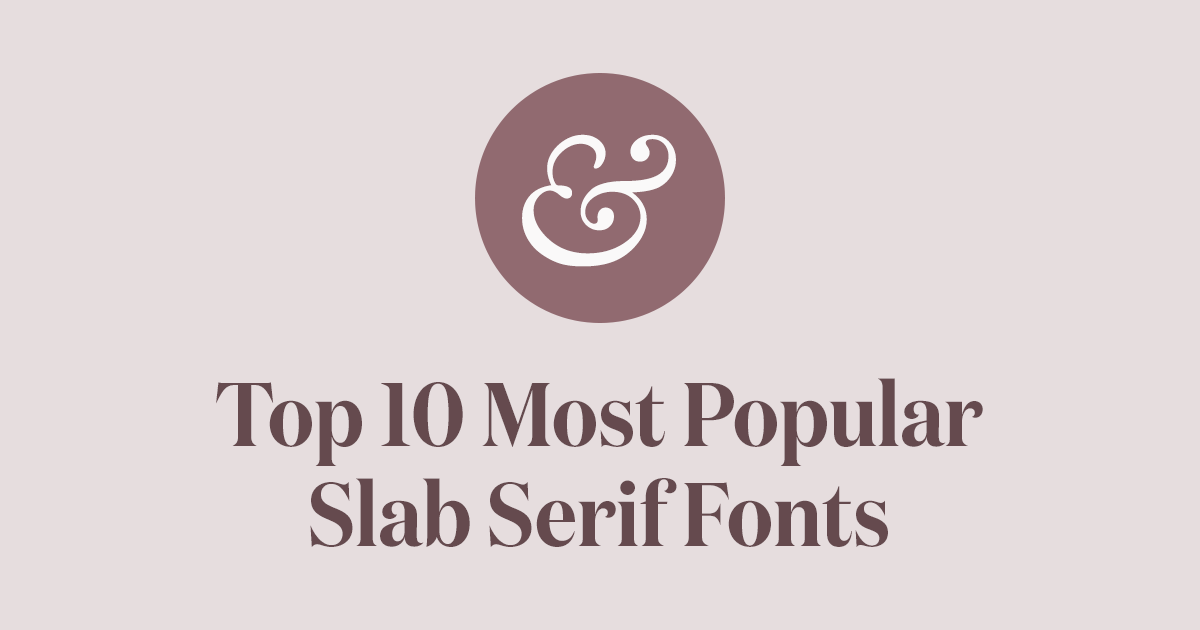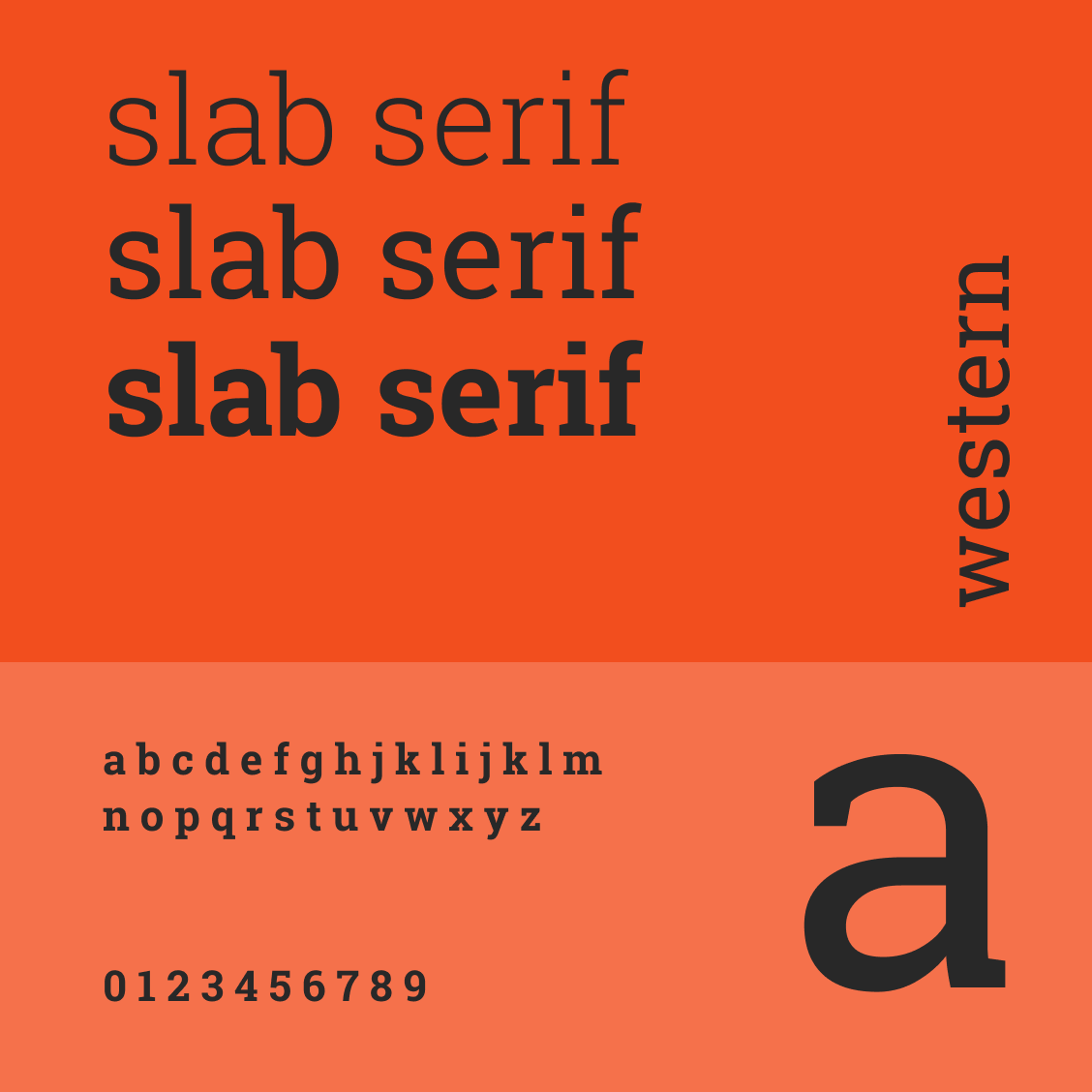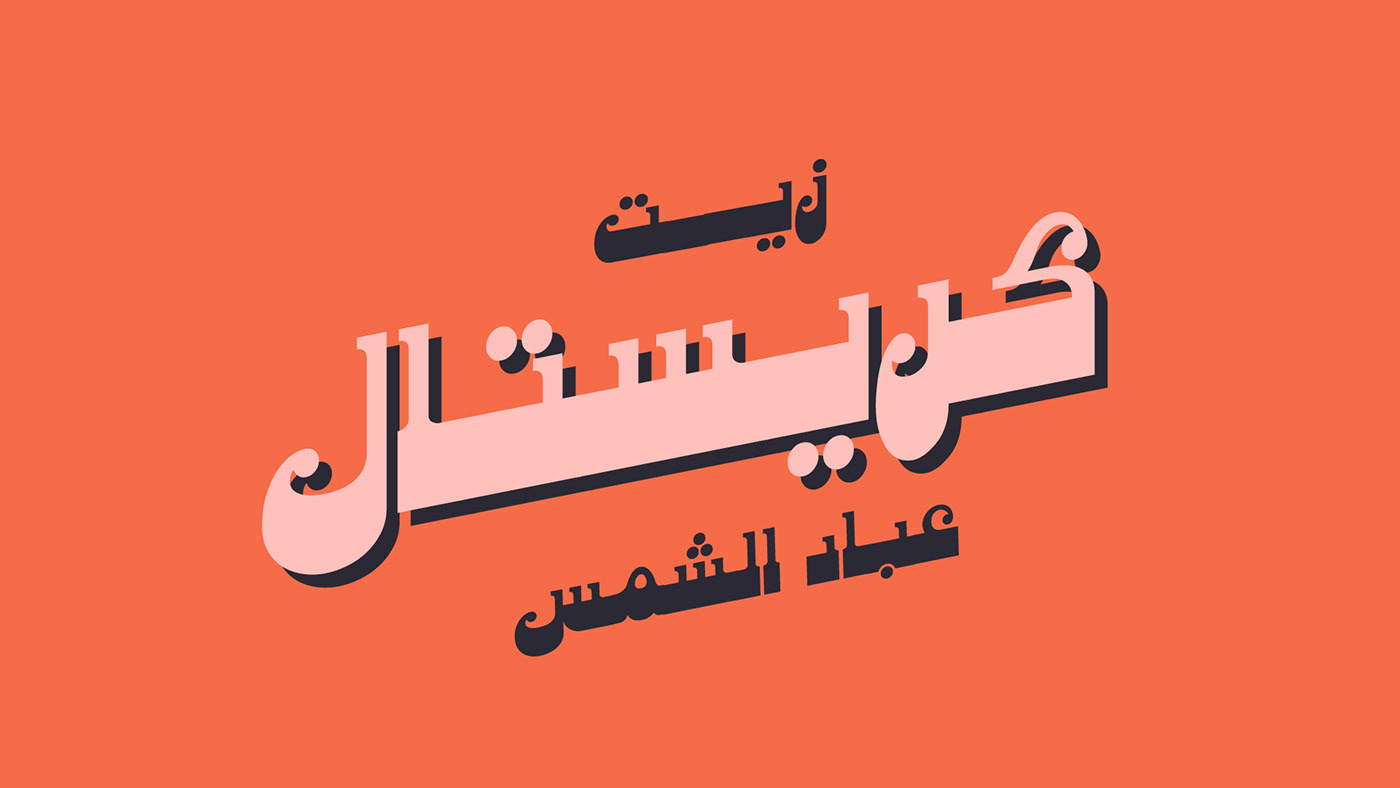


The birthplace of Slab Serif was Britain in which print advertising was still very popular. It seemed like it was the most convenient term and because of its popularity, has become the nomenclature for the typeface. The term Egyptian was deemed by others as a misnomer, in which it was derived from the craze the country made after the 3 year expedition of Napoleon. The early 1800 saw the birth of the Egyptian typeface, technically known as Slab serif. Join our 30,000+ members to receive our newsletter and submit your design work.Slab Serif Fonts: Most Popular Typefaces, Best for Webfonts And don’t be afraid to experiment with plenty of options to get just the mood you need for each project. Look for typefaces with similar shapes and slants for pairings that work together like a charm. Pick typefaces with plenty of options and assign a distinct role for each typeface in the design. Most great type pairings include two type families from different categories – pick from two of the options above. The biggest mistakes designers make when working with fonts is using too many typefaces or using typefaces that are too similar.

Thick letterforms make these applications more usable, and readable, in a way that doesn’t work so well with other font styles. Slab typefaces are perfect for inline styles, color fonts, filling letters with images or creating a transparent word over an image. The fun thing about slab typefaces is that because of thick stroke weights, there are a lot of things you can do with them. This type style can also be used for design elements such as drop caps and small single-letter applications as well. Slabs can be overwhelming and difficult to read if too many letters are used because of the weight and size. This type style is common in advertising and for websites when the message is short and distinct. They are bold and almost scream at the user. These heavy typefaces are almost always used for display type and large headlines. Popular choices (from Google Fonts): Merriweather, Playfair Display, Arvo.Avoid: Stacking too many serifs unless you are looking for an old-style feel.Transitional serifs are a combination of the two aforementioned styles and are an almost default serif style for many designers.

Each letter of a modern serif has thick and thin stroke widths. Old style serifs have a rounded shape with uniform stroke widths. Serif typefaces are often grouped into a handful of subcategories based on the time period in which the style was originally created – old style, modern and transitional. These small strokes can be short or long, straight or angled or have varying weights. Serif typefaces can be identified by small divots on the ends of letterforms. In most instances where serif typefaces are used, they complement a sans serif option that is used for most of the text on the screen. Regardless, use of serif typefaces isn’t near as common as the sans option. This is no longer the case, thanks to high definition screens that show every detail. Serif typefaces can be identified by small divots on the ends of letterforms.įor a while, many web designers stayed away from using serif typefaces because they worried that the look wasn’t readable online.


 0 kommentar(er)
0 kommentar(er)
